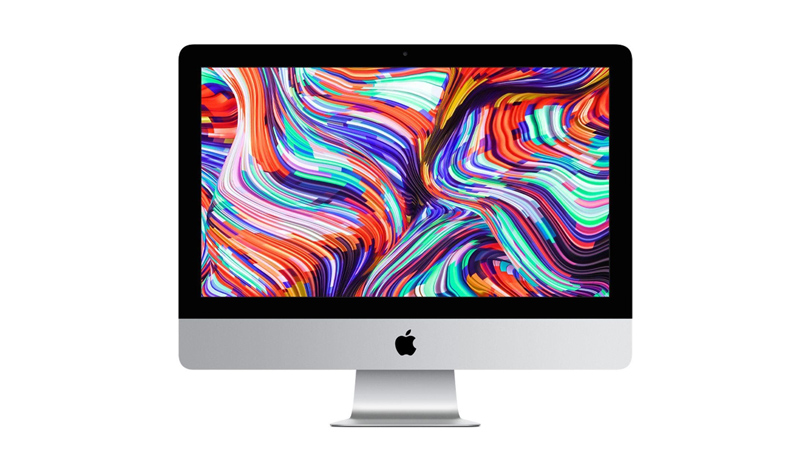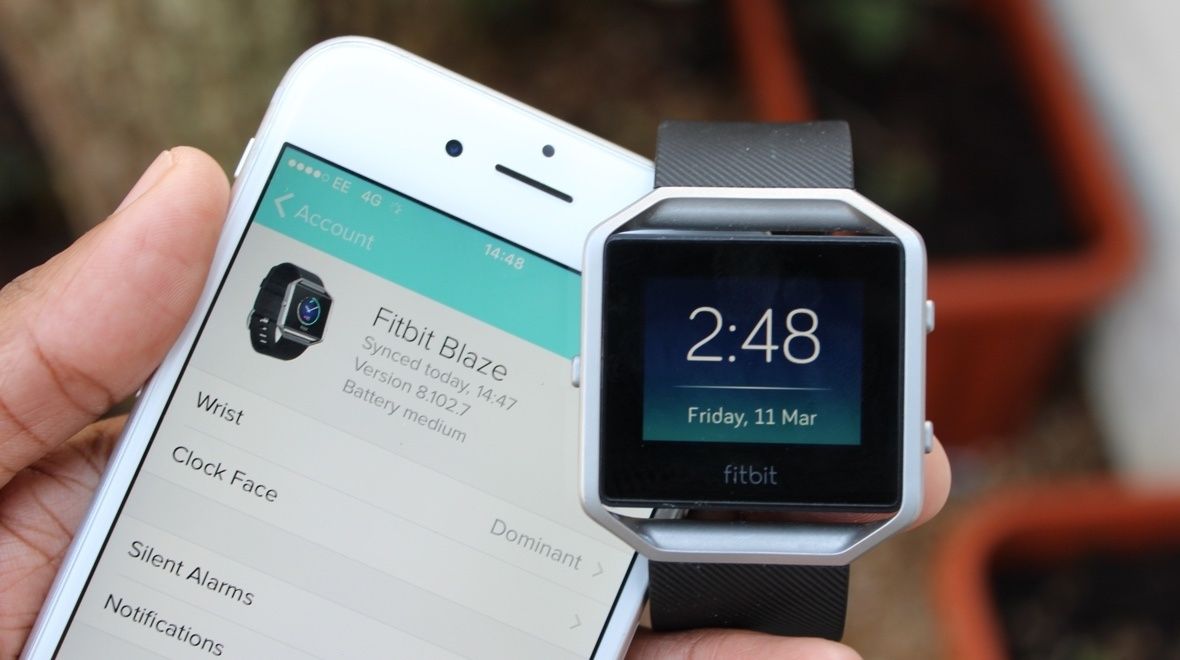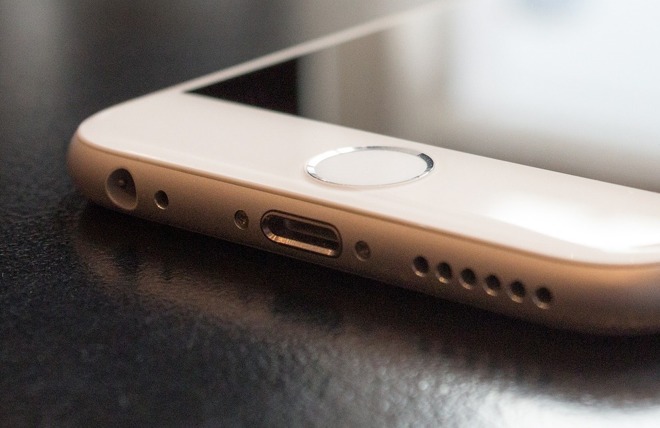One of the most common problems of the laptop is that, to achieve portability, manufacturers tend to sacrifice power, especially graphic. It is true that the new generation of graphics that come with Hasswell Intel processors has improved a lot in this aspect, but not how to move with agility, certain games or heavy applications.
Razer Blade is at a point between power and portability. Smaller and lighter than its 17-inch predecessor, this team is a temptation for anyone looking for a powerful laptop (Intel Hasswell Core processor i7-4702HQ 2.2 GHz) and do not want to load with a slab of four centimeters in thickness and three kilos in weight
Design
Built on a housing aluminium anodised black, and less rounded than the previous model, Razer Blade 2013 certainly resembles the Macbook Pro Retina. Its thickness of 1.67 cm and its weight of 1.8 kg makes it nice and easy to transport.
The housing is elegant, but it is also a magnet for dirt and fingerprint marks. The edges include only three ports USB 3.0 that change the blue connector by one green more in keeping with the image of the brand. They accompany the USB a HDMI connector for charging and a 3.5 jack mm combo headphone and microphone. The mark on the lid logo is backlit in green like the keyboard. On the screen, waiting for us a webcam of 1.3 megapixel camera capable of recording video at 720 p.
Controls
Although an island style keyboard is not the best choice to play, the Razer Blade is comfortable without further fanfare. The team loses the auxiliary buttons and programmable touchpad on the right side we saw in the 17-inch version. We have in place a central touchpad under the keyboard with two mechanical buttons at the bottom.
The touchpad, on the other hand, it is far from what you should find in high-end equipment, and it is a shame. The buttons are too small and uncomfortable. In our opinion, the Razer Blade 2013 had benefited over one full touch touchpad, even though that would have slightly raised its price.
Display And Graphics.
Batteries
Although it belongs to the generation Hasswell, Razer Blade is too glutton to offer autonomy as long as other members of this family. On paper, Razer declares autonomy for six hours, and that is true if we just video playback. As soon as we activate the Nvidia graphic, autonomy falls dramatically. With a mixed-use, team holds two hours and 45 minutes (one hour of Skyrim, an hour and 45 minutes of Bioshock Infinite). With Team Fortress II butt, team barely spends two hours. The Razer Blade Pro just enduring one, so we can talk about progress.
Storage And Memory
The basic version of the team integrates a 128GB SSD. It seems to us very little to be a team of 1,800 dollars. Increase the capacity of this unit to 256GB will cost US $200. If we want to go to the fullest and integrate a 512 GB SSD, the price rises to $2,300. According to Razer, disk drives can be changed, and in fact, there is room for an additional unit. Doing so, however, will void the warranty. RAM memory is 8 GB and offers possibilities of enlargement. Nor is there any memory card slot. WTF, Razer?
Razer Blade does not have optical reader of any kind, what has meaning in an era in which games are hosted on services like Steam, but can create annoying problems for some players.
Sound And Connections
The sound of Razer Blade relies on two speakers to the sides of the keyboard that emulate Dolby Surround. Although not very powerful in low, the sound emitted is quite consistent and allows us to enjoy games or video as long as we don’t want to fill the room.
At the level of connections, Razer Blade integrates the usual, with WiFi n and Bluetooth 4.0 to head. Lag purists will find the lack of Ethernet somewhat disappointing.










